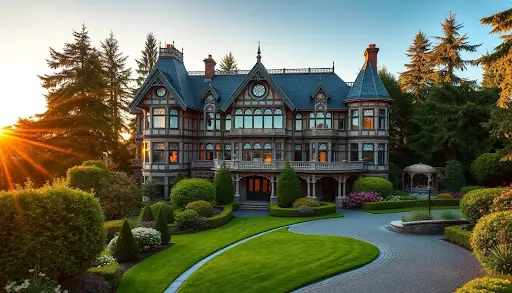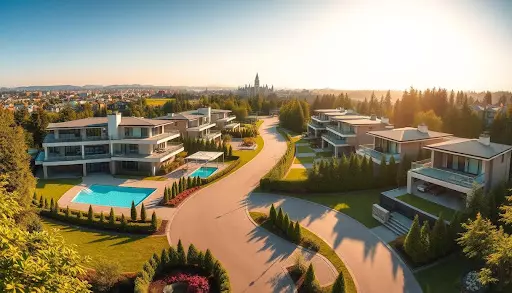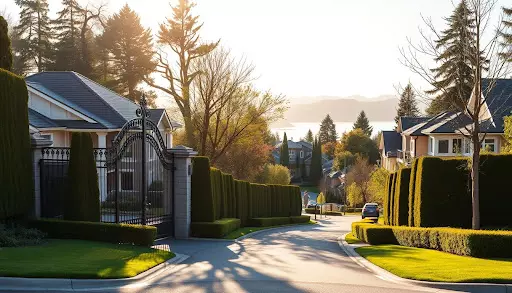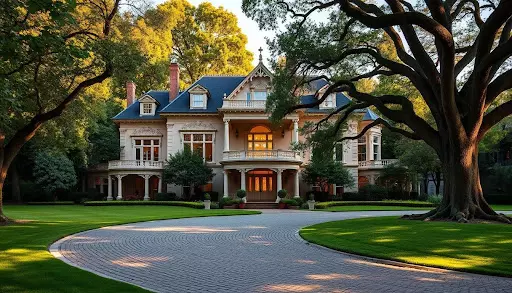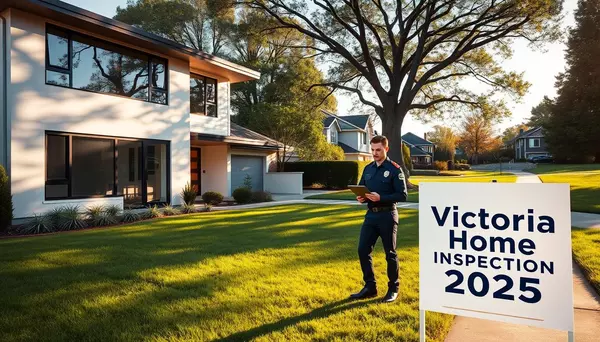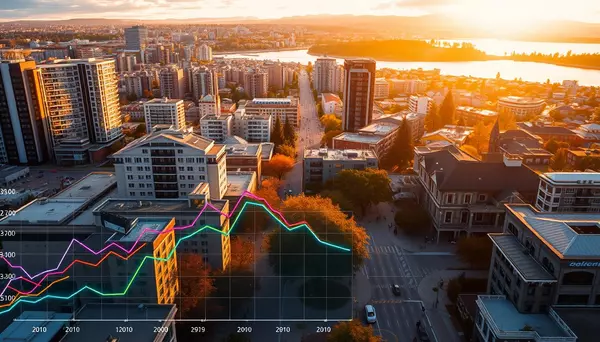Comparing Investment Value: Newly Built Homes and Older Properties in Victoria
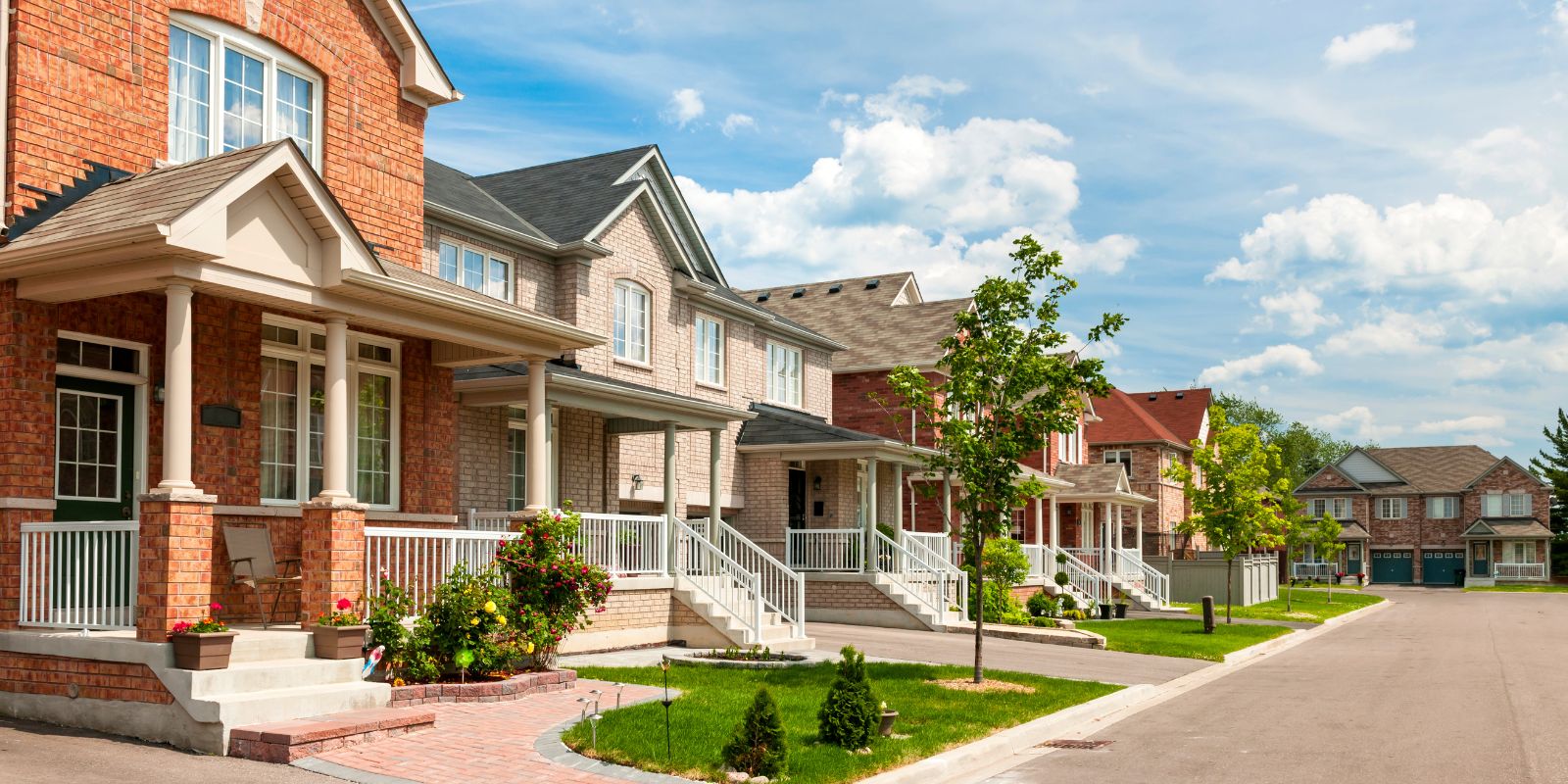
Investing in real estate can be challenging, especially when deciding between newly built homes and older properties in Victoria. Many investors question which option offers better long-term value. This article will explore the unique investment landscape in Victoria, assess the advantages of newly built homes, and examine the benefits of older properties. Readers will gain insights to navigate the complexities of real estate investments, addressing concerns about costs, rental potential, and future assets. By understanding these factors, investors can make more informed decisions that align with their investment goals.
Understanding the Investment Landscape in Victoria's Real Estate Market
Victoria's real estate market offers diverse investment opportunities, making it essential to analyze current market trends and property values. Factors such as construction quality, depreciation rates, and the appeal of townhouses or older properties like royal bay homes significantly affect investment decisions. Additionally, economic growth and demographic shifts in the region contribute to the overall landscape, influencing potential buyers and investors.
Analyzing Current Market Trends and Property Values in Victoria
The investment landscape in Victoria's real estate market reveals significant trends as of December, particularly when comparing newly built homes and older properties. Investors must consider factors such as mortgage rates and potential income generated from these properties, as ownership costs can vary greatly. For instance, older homes may present risks related to asbestos, which could affect long-term value and expenses, while modern constructions tend to offer superior safety and energy efficiency, appealing to a broader market segment.
Identifying Key Factors Influencing Investment Decisions
When assessing investment opportunities in Victoria's real estate market, various factors impact decisions regarding newly built homes versus older properties. For example, the expense of maintaining features like a fireplace or renovating a basement can differ significantly between property types, influencing long-term cash flow. Furthermore, the choice of construction materials, such as stucco, can affect both aesthetic appeal and durability, ultimately informing prospective buyers' perceptions of value and return on investment.
Evaluating the Demographic and Economic Growth in the Region
Victoria's demographic and economic growth plays a crucial role in shaping the real estate market, particularly in distinguishing between newly built homes and older properties. For instance, the rising demand for condominiums reflects younger buyers' preferences for modern interior design and low-maintenance living, which can lead to higher property values. In contrast, older homes, often constructed with durable brick exteriors, may appeal to families looking for larger bedrooms and homes with unique architectural features, but they may require investment in updates, such as tile renovations, to meet current buyer expectations.
Assessing the Advantages of Investing in Newly Built Homes
Investors considering property investment in Victoria should assess the advantages of newly built homes. This includes exploring modern construction techniques and quality standards that enhance durability. Evaluating energy efficiency reveals potential long-term savings on utility costs, while investigating appreciation and resale value can offer significant returns. Each of these factors plays a critical role in determining overall property value and property tax implications.
Exploring Modern Construction Techniques and Quality Standards
Modern construction techniques in newly built homes, such as structured framing and advanced insulation, significantly improve energy efficiency and structural integrity. Homes featuring properly installed chimneys and pipes not only enhance functionality but also adhere to current building policy standards, providing peace of mind to investors. Additionally, properties designed as terraced houses often maximize room usage, making them attractive for buyers seeking optimal living space without compromising on modern amenities.
Evaluating Energy Efficiency and Long-Term Savings
Investing in newly built homes in Victoria provides a compelling option for buyers seeking energy efficiency and long-term savings. These properties are often constructed using modern materials, including wood with high thermal mass, which helps regulate indoor temperatures and reduces heating and cooling costs. By selecting energy-efficient homes, investors can enhance their wealth over time, benefiting from lower utility bills and potentially higher resale values, as energy-conscious buyers increasingly prioritize efficiency in their property choices.
Investigating Potential for Appreciation and Resale Value
When evaluating newly built homes in Victoria, potential appreciation and resale value are significant factors. Investors often find that the demand for modern properties typically leads to higher profit margins, as buyers seek the latest amenities and construction standards. Additionally, landlords can benefit from tax deductions related to new buildings, enhancing their overall investment returns.
Examining the Benefits of Older Properties as Investments
Older properties in Victoria present distinct investment benefits, emphasizing historical significance and architectural charm that attract buyers. Investors can explore renovation potential and customization options, allowing for personal touches that enhance property value. Moreover, established neighborhoods often foster community dynamics that create strong bonds among residents, adding to the overall appeal and long-term investment prospects of these homes.
Analyzing Historical Significance and Architectural Charm
The historical significance of older properties in Victoria plays a crucial role in their investment appeal, as many buyers are drawn to their unique architectural charm and storytelling potential. These homes often feature distinctive designs that reflect the era in which they were built, attracting those with an interest in heritage and craftsmanship. While investing in these properties may carry certain risks, such as the potential for leaks or the need for extensive research on upkeep, their brand value in the real estate market can lead to appreciation over time, making them a worthwhile investment option for many.
Understanding Renovation Potential and Customization Options
Understanding the renovation potential of older properties in Victoria offers investors opportunities to increase cash flow and overall property value. For instance, updating a home’s roof or installing new flooring can significantly enhance its appeal and functionality. Furthermore, incorporating modern materials, such as plastic composites, can improve durability while maintaining the aesthetic charm of the property, allowing homeowners to create custom spaces that reflect their personal style.
Considering Established Neighborhoods and Community Dynamics
Established neighborhoods in Victoria offer significant advantages for investors considering older properties. These areas often possess community dynamics that foster strong relationships among residents, enhancing the overall living experience. Moreover, investing in such neighborhoods can lead to potential tax deductions and, depending on the property value, even affect the amount of stamp duty payable, thereby providing further financial benefits to savvy investors seeking a stable investment environment.
Comparing Costs Associated With Newly Built Homes and Older Properties
Evaluating costs associated with newly built homes versus older properties in Victoria involves several key considerations. First, understanding the purchase price variations helps potential investors gauge initial investment amounts. Second, analyzing typical maintenance costs reveals long-term financial commitments for both property types. Lastly, investigating insurance premiums and property tax differences can further inform financial planning and decision-making.
Evaluating Purchase Price Variations Between New and Older Homes
Evaluating purchase price variations between newly built homes and older properties in Victoria reveals essential insights for potential investors. Newly constructed homes generally demand higher initial costs, reflecting modern amenities and building standards that appeal to many buyers. In contrast, older properties, while often less expensive, may require additional expenses for renovations and upkeep, impacting the overall investment value and long-term financial strategy for buyers.
Analyzing Typical Maintenance Costs for Both Property Types
Typical maintenance costs for newly built homes in Victoria are generally lower due to modern construction standards and materials that require minimal upkeep. In contrast, older properties often demand higher maintenance investment, as they may need repairs on aging systems, roofs, or structural elements. For property investors, understanding these differences can help inform budget planning and maximize return on investment.
Investigating Insurance Premiums and Property Taxes Differences
When assessing the costs associated with newly built homes versus older properties in Victoria, insurance premiums and property taxes can vary significantly. Newly constructed homes often have lower insurance costs due to updated building codes and modern materials that enhance safety, while older properties may attract higher premiums due to age-related risks and possible structural issues. Additionally, property taxes tend to reflect the assessed value of the home, which can lead to higher rates for newer developments while older homes may benefit from lower valuations, impacting overall investment returns for property owners.
Evaluating the Rental Market for Newly Built Versus Older Properties
Understanding rental demand trends is essential for investors examining newly built homes versus older properties in Victoria. While new developments often attract young professionals seeking modern amenities, older homes can appeal to families valuing character and community. Analyzing rental yield projections for each category provides insight into potential returns, guiding strategic investment decisions.
Understanding Rental Demand Trends for New Developments
The rental demand for newly built homes in Victoria has surged, particularly among young professionals who prioritize modern amenities and low-maintenance living. These well-designed properties often feature energy-efficient systems and contemporary layouts, appealing to tenants looking for convenience and style. As urban development continues to expand, understanding these trends allows investors to make informed decisions, ensuring they capitalize on the evolving needs of the local rental market.
Assessing the Appeal of Older Homes to Prospective Tenants
Older homes in Victoria often possess unique architectural charm and historical character, making them appealing to prospective tenants who appreciate heritage designs. Many families and individuals seek these properties for their larger spaces and community-oriented environments, which foster connections among residents. Furthermore, the potential for customization through renovations allows tenants to create a living space that truly reflects their style, enhancing the overall rental appeal of older properties in today’s market.
Analyzing Rental Yield Projections for Both Property Categories
Analyzing rental yield projections for newly built homes and older properties in Victoria reveals essential insights for investors. Newly constructed homes typically offer higher rental yields, especially in urban areas where demand for modern amenities is increasingly strong. In contrast, older properties may provide lower yields but have the potential for appreciation through restorations, appealing to tenants seeking character and community engagement. Understanding these dynamics assists investors in making informed decisions about where to allocate resources for optimal returns in the rental market.
Making Informed Investment Decisions in Victoria's Real Estate
Identifying investment goals and timelines is essential for navigating Victoria's real estate market, whether considering newly built homes or older properties. Seeking expert advice and conducting thorough market research aid in making informed decisions. Additionally, evaluating personal preferences and lifestyle considerations helps determine the best investment option, ensuring a successful long-term strategy.
Identifying Your Investment Goals and Timelines
Identifying investment goals and timelines is vital for those navigating Victoria's real estate market, especially when weighing the benefits of newly built homes against older properties. Investors should assess their financial objectives, such as long-term appreciation or short-term cash flow, while also considering personal timelines for buying or selling. By establishing clear goals, potential buyers can make informed choices that align with their financial strategies and market opportunities in Victoria.
Seeking Expert Advice and Conducting Thorough Market Research
Investors seeking to make informed decisions in Victoria's real estate market should prioritize obtaining expert advice and conducting thorough market research. Engaging with local real estate agents and analysts can provide crucial insights into current trends, property values, and neighborhood dynamics that influence both newly built homes and older properties. Researching comparable properties and attending open houses can also help investors identify which type of property aligns with their investment goals and risk tolerance, ensuring a more strategic approach to their investment decisions.
Evaluating Personal Preferences and Lifestyle Considerations
Evaluating personal preferences and lifestyle considerations is essential for investors in Victoria's real estate market. Individuals seeking a modern, low-maintenance lifestyle may find newly built homes more appealing due to their contemporary amenities and energy-efficient features. Conversely, buyers who value character and space may prefer older properties, which often provide unique architectural details and established neighborhood dynamics, making them suitable for families or those looking for a community-oriented environment.
Conclusion
Comparing the investment value of newly built homes and older properties in Victoria is crucial for prospective buyers and investors. Understanding the differences in purchase prices, maintenance costs, and potential for appreciation allows individuals to make informed decisions that align with their financial goals. Each property type offers unique benefits, from modern amenities to historical charm. Careful consideration of these factors can significantly enhance investment returns in Victoria's competitive real estate market.
Categories
Recent Posts
